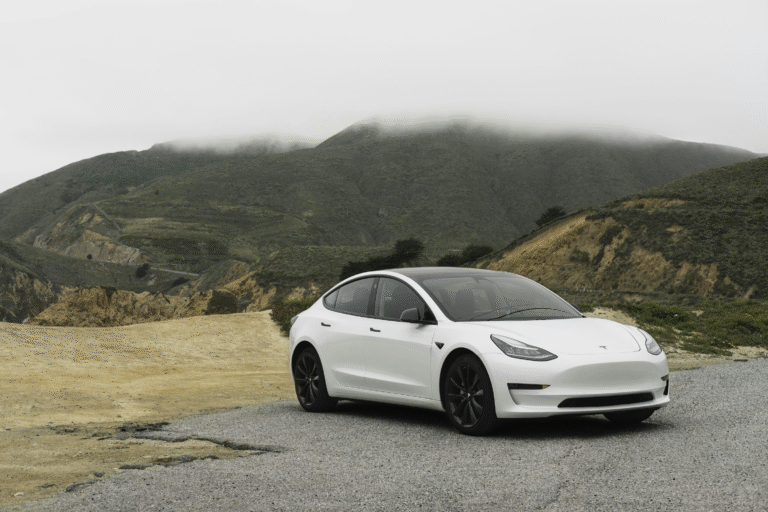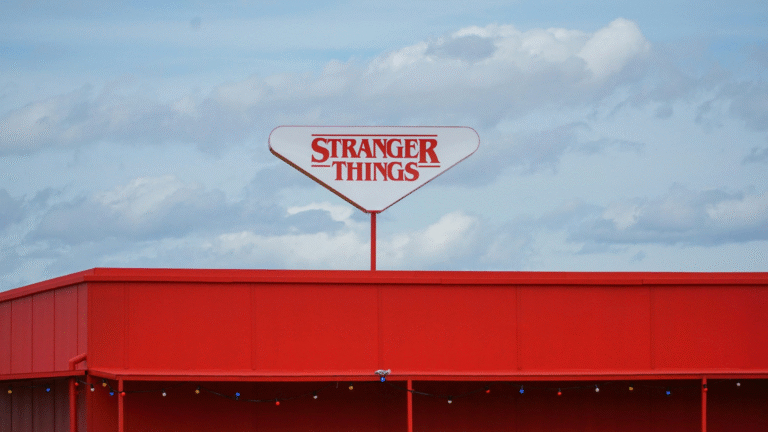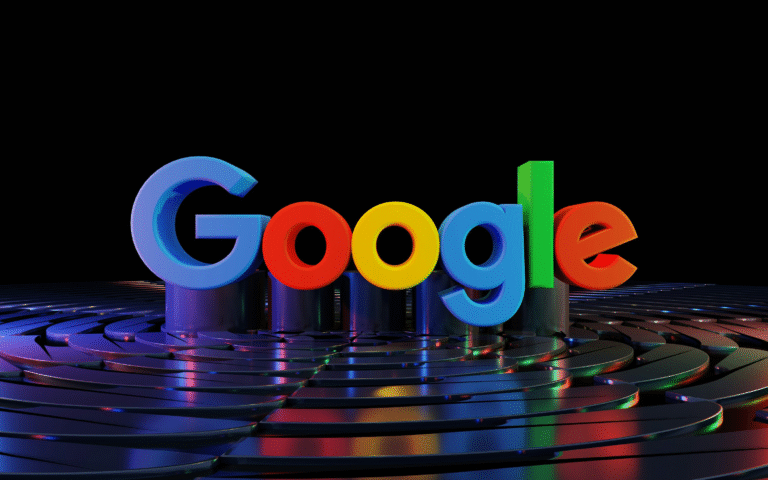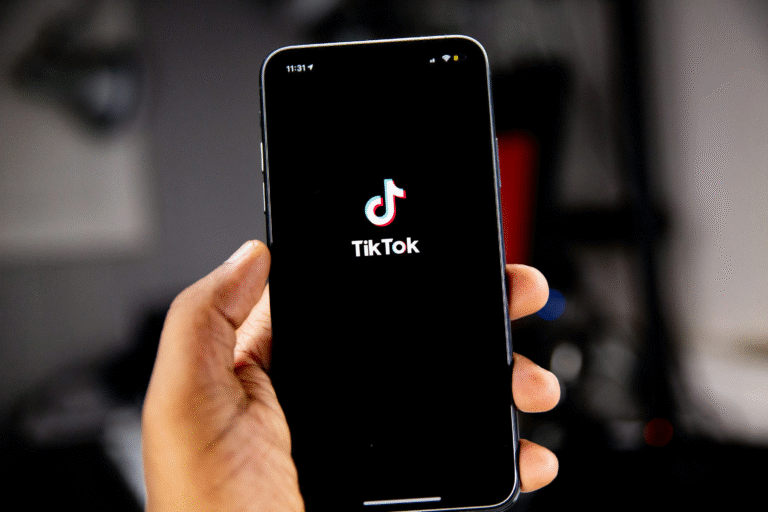To understand this, we must first clarify brand collaboration and the goals of this article. Brand collaboration is the alignment of two brands in mutually beneficial arrangements to support a common goal. In most cases, this will be similar, and often it is to increase awareness/sales through brand association. The purpose of this article is to provide some good examples of brand collaboration and then explain why it worked.
What are good examples of brand collaboration?
Good examples show us collaborations that have worked for different reasons. The following collaborations have been chosen for different reasons. Primark x Greggs for the jolt it caused, Mirafit and Grenade for the idea and affinity of brand alignment, and Doritos and Taco Bell for the longevity of an idea and it shows that collaborations are not a new concept in Marketing or influencing public opinion.
Primark x Greggs
While not your typical arrangement, it was met with very good exposure and equal measures of criticism, some two years since the launch, and people still remember this interesting collaboration. Items like these jackets are now in short supply so they are selling at higher prices on online marketplaces.
Mirafit x Grenade x Oreo
One of the standout examples in the fitness space, Mirafit, used their Crumb Bumper Plates to create a subtle but interesting reference to the Oreo x Grenade launch, with a chance to win the equipment and bars. This was a clever way to support the Grenade bars’ popularity and align audiences for both brands. The orange from Mirafit also works with the orange from Grenade, so it is a good example of when things work for a brand collaboration.
Doritos x Taco Bell
Like the example above, Doritos and Taco Bell seem like a great alignment, and the proof is in their longevity. According to advertisingweek.com, this 2012 campaign influenced the collaboration to go mainstream, and it is still running, which we’ve also verified. Taco Bell still has this Doritos Taco available on their website.
Who benefits from Brand collaboration?
Both parties should benefit from a collaboration; typically, this is designed to grow a social following or raise awareness of a topic. Yes, it can be used to increase sales. Still, typically, the main focus is brand awareness within a particular demographic one which can overlap with another and is a shared target audience. Often the consumer benefits from the collaboration as well as it gives them something new from their favourite brands and an example of this is the Doritos and Taco Bell collaboration. The consumer won as the popularity of the collaboration kept the offering on the menu for over 10 years.
Branding and collaboration?
In the examples shared, the brands have aligned themselves well. If we take Primark and Greggs, it shows that both brands know their audiences. Fast fashion and fast food suit both brands as they sit at the budget end of the market. Mirafit and Grenade are both primarily aimed at the fitness space, and therefore, their collaboration is a natural fit for their customers who are into health and fitness.
How do you structure a brand partnership?
First, identify the main goals and ensure that they mutually align with one another. This partnership has to develop awareness for both brands. The idea is that the collaboration is so closely aligned that it makes you think, wow, why have they not done this before? The other best outcome is like the Primark and Greggs lock up, where it is so wild it gets people and the press talking. This approach is more risky, but the yield and exposure it can gain can be significant. Jolting can be a winning formula.
How effective is co-branding
Co-branding can be a sensational idea for some companies, and the Air Jordans with Christian Dior is an example of creating demand. Just 8000 trainers were manufactured, and just 5000 were available for public sale, making them highly sought after. Another example of this was the Oreo x Supreme. This cobranding replaced Oreo on the biscuit and saw Supreme branding on the iconic biscuit form. What did this do? Well, at one stage, a 3-pack of biscuits was listed on eBay for $92,000, showing the demand that was created for this product. It shows that by creating demand and desire, it can cause a significant pull, creating scarcity and increasing the amount people are prepared to pay.
What are the pitfalls?
The brand alignment may be good, but the idea may not land well with the audience; thought must be given before the campaign to avoid wasted efforts. There is also a chance that the outcome is one-sided, i.e., one brand does better than another, but if you agree on the metrics, such as increases in followers on social or newsletter sign-ups, then both marketing and commercial teams can evaluate the project’s success. For larger companies, it is also worth testing the market with user groups. Remember that humour and sayings do not always translate into other cultures, so there are important measures to consider in scaling a campaign or testing in other geos.
Conclusion
Brand collaboration can work to the advantage of both brands, especially when the two audiences are aligned with each other. The addition of co-branding can further enhance this partnership and, with limited production, can also increase demand. Within safe parameters, brand collaboration is a good idea in most cases and should be encouraged by marketing departments. The examples shown demonstrate some of the ways you can choose to partner and how natural this collaboration can be. We hope this has been helpful and reminds you that before embarking on the collaborative journey, do your research, and you should see a worthwhile result and reward for your efforts. Above all, a well-executed brand collaboration can be really good fun and help you focus on your ideal customer type, which is never a bad thing in business.











